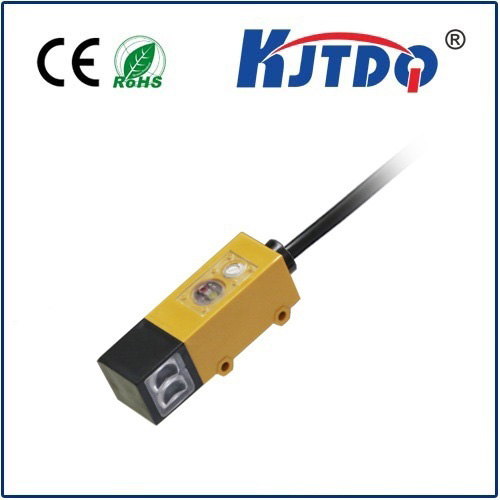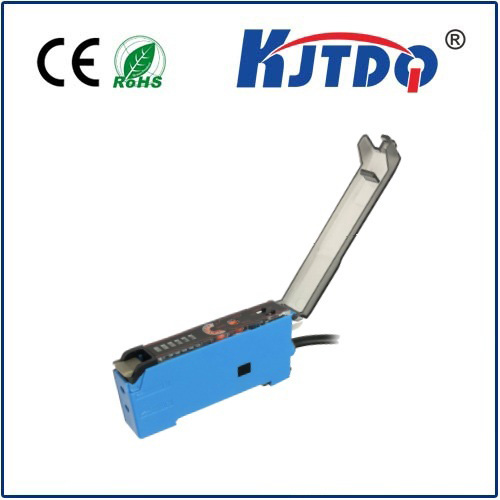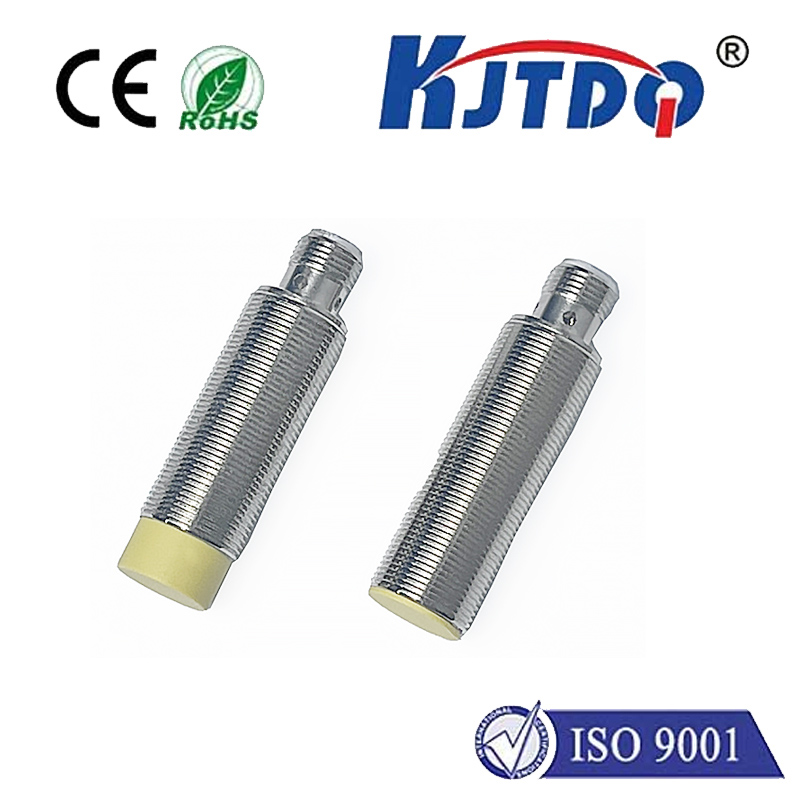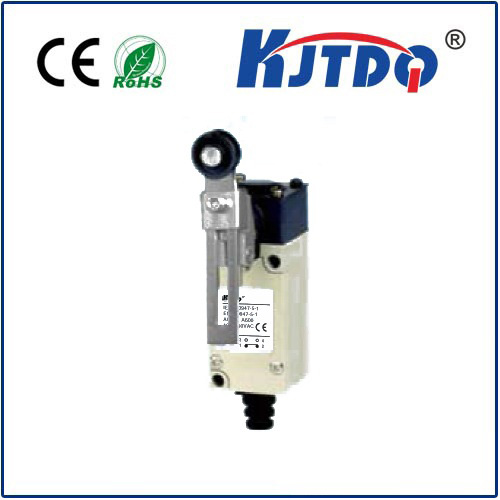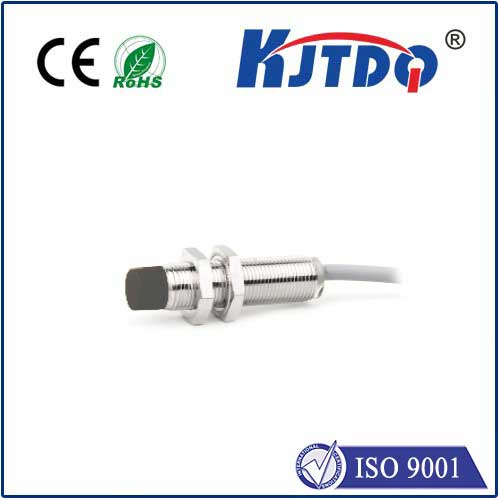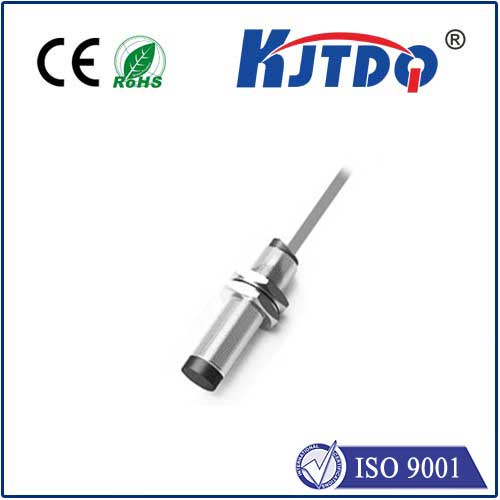pnp nc proximity sensor
- time:2025-06-14 00:18:12
- Click:0
PNP NC Proximity Sensors: Your Reliable Partner for Fail-Safe Object Detection
Imagine an assembly line where components glide past seamlessly, robots make precise movements, and machines operate with rhythmic efficiency. Suddenly, a crucial part is missing. Without detection, chaos erupts: misaligned assemblies, damaged machinery, costly downtime. The silent guardian preventing this scenario? Often, it’s the unassuming yet vital PNP NC proximity sensor. This specific type of non-contact sensor combines the dependable PNP switching logic with the inherent safety of a Normally Closed (NC) configuration, making it a powerhouse for ensuring operational reliability and safety in demanding industrial environments.
So, what exactly defines a PNP NC proximity sensor? Let’s break it down. At its core, an inductive or capacitive proximity sensor detects the presence or absence of metallic or non-metallic objects without physical contact. The “PNP” designation refers to its output transistor configuration. In simpler terms, a PNP proximity sensor acts like a switched positive voltage source. When it detects a target object within its sensing range, its output transistor turns ON, connecting the output signal line to the positive supply voltage (+V). Conversely, when no target is detected, the output is OFF or “open.”
The “NC” suffix – standing for Normally Closed – is crucial and defines the sensor’s resting state when power is applied but no target is present. An NC proximity sensor means its output circuit is closed (conducting, allowing current flow) when it does not detect a target within its sensing range. Detection occurs when the target approaches; the sensor’s internal switch then opens the circuit, interrupting current flow.
Therefore, a PNP NC proximity sensor has the following distinct behavior:
- Power On, No Target Present: The output circuit is Closed. The PNP output actively supplies +V to the load.
- Target Detected: The output circuit Opens. The PNP output stops supplying +V (effectively going “high-impedance” off).
This might seem counterintuitive at first. Why make the sensor “active” (supplying power) when nothing is there? The answer lies in safety and fault detection. An NC configuration provides a “fail-safe” principle. Consider critical applications:

- Machine Guarding: An NC sensor monitors a safety door. If the door is properly closed (no target detected near the sensor), the sensor’s output circuit is closed, supplying voltage to the safety circuit, allowing the machine to run. If the door opens (target detected), the sensor opens its circuit, cutting power to the safety control and stopping the machine immediately.
- Conveyor Jam Detection: An NC sensor monitors for the absence of a package at a specific point. If packages are flowing correctly (target present at the sensor point intermittently), the sensor output opens/closes as expected. If a jam stops a package directly over the sensor (constant detection), the sensor output stays open, signaling the jam. Crucially, if the sensor fails (e.g., internal break, wiring cut, power loss), the output circuit also opens, mimicking the “target detected” state and triggering a fault or shutdown. This inherent design makes NC proximity sensors, especially PNP NC types, vital for safety-critical systems and processes where an unannounced failure could be catastrophic. The PNP output ensures a robust voltage signal when the circuit is closed.
Where Do PNP NC Proximity Sensors Shine?
The unique combination of PNP sourcing output and NC fail-safe behavior makes these sensors indispensable in numerous scenarios:
- Safety Interlocks: As described, guarding doors, light curtains, and perimeter monitoring where machine shutdown upon access or sensor failure is mandatory.
- Presence Verification (Absence Critical): Confirming a part or pallet has left a critical position before allowing the next operation. For instance, verifying a robotic workstation is clear.
- Jam/Overflow Detection: Detecting when objects (boxes, bottles, parts) have accumulated or stopped moving for too long on conveyors, chutes, or feeding mechanisms.
- Position Confirmation for Fault Tolerance: Monitoring the retracted or “home” position of cylinders or actuators. The sensor confirms the cylinder is safely retracted (no target detected, circuit closed). Failure to retract (target remains detected, circuit open) signals a problem.
- End-of-Travel Sensing (with Safety Emphasis): Used where exceeding travel limits poses a safety risk, leveraging the fail-safe nature of NC.
Advantages Over Other Configurations:
Understanding PNP NC sensors highlights their specific strengths compared to other types like PNP NO (Normally Open) or NPN (sinking output):
- Intrinsic Fail-Safety: This is the primary advantage. Open-circuit faults (broken wire, dead sensor) or power loss inherently trigger the “unsafe” state (output open), leading to immediate shutdown or alarm. An NO sensor would fail “dangerously” by not signaling the presence of a fault or target.
- Simplified Diagnostic Wiring: In many safety circuits, the NC state simplifies wiring as a broken wire naturally opens the circuit, mimicking the active signal state.
- Robust PNP Output: Unlike NPN sensors which require the load to be connected between the output and voltage (+V), PNP sensors supply the positive voltage directly to the load. This often provides stronger drive capability for relays, PLC inputs, or indicator lights.
Selecting and Implementing Your PNP NC Proximity Sensor:
Choosing the right PNP NC sensor requires careful consideration:
- Sensor Type: Inductive (metallic targets) or Capacitive (metallic/non-metallic, liquid, granular materials)? Match the sensor to the target material.
- Sensing Range: Ensure the specified nominal range (Sn) exceeds the actual required operating distance in your application.
- Electrical Ratings: Check voltage supply range, current consumption, and maximum load current of the PNP output. Verify compatibility with your PLC input module or connected device (ensure it accepts PNP sourcing signals).
- Environment: Consider temperature extremes, dust, moisture (IP rating), chemicals, and potential electrical interference. Choose housings (e.g., stainless steel) and ingress protection (e.g., IP67, IP69K) suitable for the environment. Vibrations can also impact performance.
- Mounting: Ensure proper alignment and adequate clearance around the sensor body as specified by the manufacturer. Shielded sensors offer flush mounting capabilities; unshielded sensors require specific mounting distances.
During wiring, heed the datasheet! Connect the brown wire (+V supply), blue wire (0V/Common), and black wire (PNP Output) correctly. Remember, the NC function means the black PNP output wire supplies +V when no target is detected and switches off (opens) when the target is present. This output behavior is central to its safety logic.
The Silent Enabler of Reliable Automation:
From preventing catastrophic accidents on high-speed machinery to ensuring the smooth flow of automated packaging lines, the PNP NC proximity sensor operates silently in the background. Its deliberate design choice – active output during the safe state and interruption upon detection or failure – provides an unparalleled layer of functional safety. While the Normally Closed concept requires a slight mental shift, its value in creating robust, fault-tolerant systems is immense. When your application demands certainty that a dangerous condition will be recognized, even if the sensor itself malfunctions, the fail-safe nature of the PNP NC proximity sensor becomes not just an advantage, but an essential requirement for reliable and safe industrial operation.








